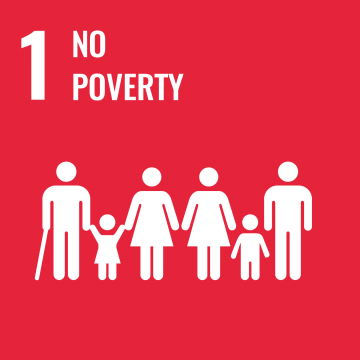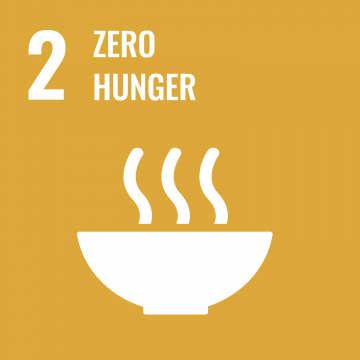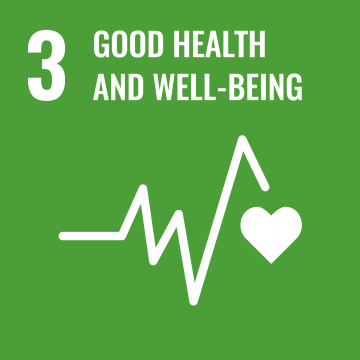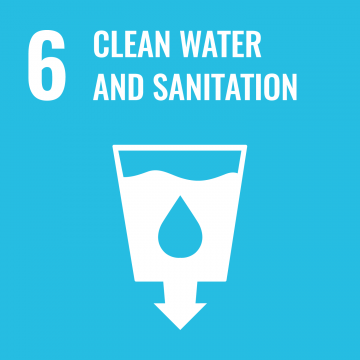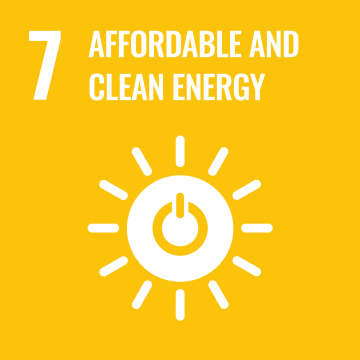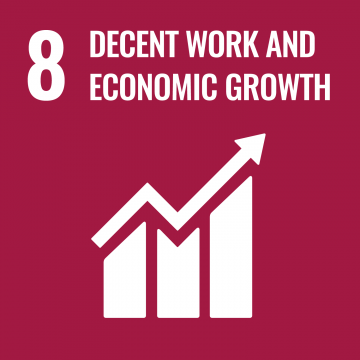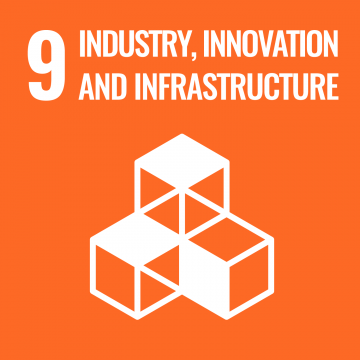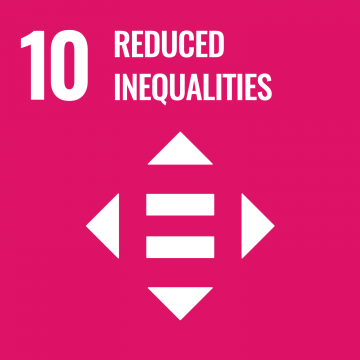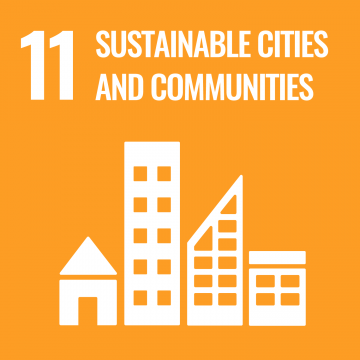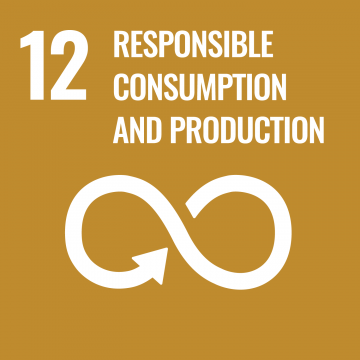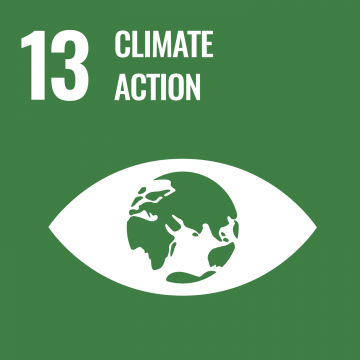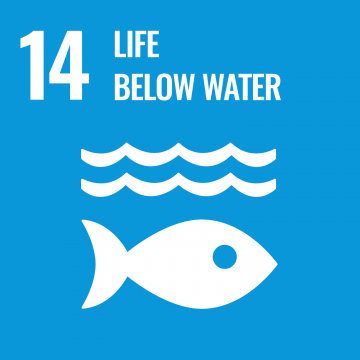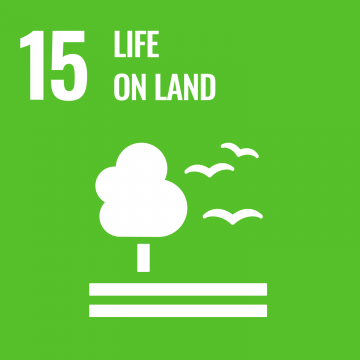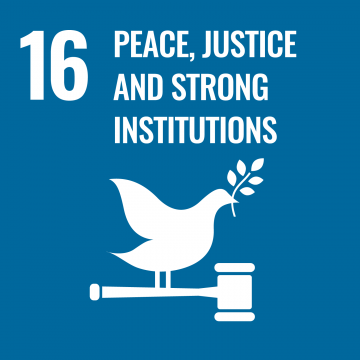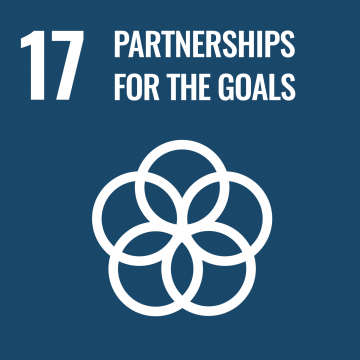«Planet Life» interprets the Earth today as the result of the interaction between the physical and chemical environments on the planet and human beings. The rivers, mountains and oceans are closely related to the organisms that live in them and, together, all these elements form a global ecosystem that acts to regulate conditions on the planet.
This vision of the Earth and life, bringing together all the disciplines of natural science, provides the central framework for this exhibition, which is structured into three sections: ‘Biography of the Earth’, ‘Earth Today’ and ‘Islands of Science’.
The first section, ‘Biography of the Earth’, traces a journey through the history of life and its co-evolution with our planet. As its title suggests, ‘Earth Today’ describes our planet as it is now. These two sections feature heritage from the Museum collections. Finally, the ‘Islands of Science’ are semi-permanent, renewable sections, small displays in separate spaces within the permanent exhibition that focus on such subjects as evolution, nomenclature and classification, the Mediterranean, animal behaviour, etc.
Virtual visit 360º:
The first, ‘The Biography of the Earth’, describes a journey through the history of life and its co-evolution with our planet. ‘The Earth today’, is the part that explains what the Earth is like today. These two areas show the heritage of the Museum. ‘Science islands’, semi-permanent and renewable areas, are small exhibitions in isolated spaces within the reference exhibition that deal with aspects such as evolution, nomenclature and classification, the Mediterranean, animal behaviour, etc.
In addition, the exhibition presents important improvements in accessibility to the contents for people with visual impairments. On the 17 interactive tables of the exhibition, where a total of 50 objects are displayed that can be touched freely – between original pieces and models – relief diagrams of the pieces as well as texts in large characters and in Braille have been implemented
This exhibition implicitly contemplates the following Sustainable Development Goals (SDG:
Parts of the exhibition:
-
Biography of the Earth
Take a journey through the time tunnel, tracing the history of life and our planet from its origins to the present. Stop off at the main evolutionary episodes and discover what the Earth was like when the first living beings appeared.
Origins of the Universe and the Earth: from 13,800 to 3,800 million years ago
A huge explosion leads to the creation of the Universe and the formation of the Solar System. The Earth and Moon are formed and the first atmosphere surrounding the Earth develops.
Archaean: from 3,800 to 2,500 million years ago
The formation of Ur, the first continent, and the emergence of the prokaryotic cell, the first life form. The first living things on Earth –bacteria– appear.
Proterozoic: from 2,500 to 542 million years ago
The continents form. The eukaryotic cell –the precursor of multicellular life forms– appears, and life diversifies. The first fungi, protists and ancestors of plants appear.
Lower Palaeozoic: from 542 to 359 million years ago
The great mountain ranges are formed and significant climatic changes occur. Explosion of life in the oceans. Molluscs become more complex and adapt to different habitats. The first arthropods and first aquatic vertebrates appear.
Upper Palaeozoic: from 359 to 251 million years ago
The continents join to form the super-continent Pangaea. Oxygen levels in the atmosphere increase. Some life forms leave the water and take to the land. The first plants and first land bound vertebrates appear.
Mesozoic: from 251 to 65 million years ago
The huge continent Pangaea splits up into smaller continents. Marine invertebrates diversify significantly. Dinosaurs and the first birds appear. The first flowering plants appear. A massive extinction occurs, wiping out 75% of all species.
Cenozoic: from 65 to 0 million years ago
The continents move to their present positions. The Alpine orogeny commences and the great mountain ranges appear (Himalayas, Atlas, Rif, Baetic, Pyrenees, Apennines, Alps, Balkans and Carpathians). The Mediterranean Sea is also formed. This is a period of vast fluctuations in temperature and of ice ages. Mammals occupy most of the continents. The first primates appear, an evolutionary line that will lead to the origin of today’s humans.
-
Earth Today
This show illustrates what our planet is like today and what we can find on it. Based on the Museum collections, and as such it therefore features a good representation of nature from our own country.
‘Earth Today’ enables visitors to discover the fascinating and diverse world of fossils, animals, plants, algae, fungi, microbes, rocks and minerals:
Rocks and minerals
What is the Earth made of? The planet and its atmosphere support life, but many of their characteristics today are the result of interaction with life.
The fossil register
The remains of organisms that lived in the past and were conserved in buried form, or the traces left by the activity of living beings, are the testimony, memory and archive of the history of life on our planet. There are in Catalonia many valuable paleontological sites that have contributed countless outstanding pieces to the Museum heritage.
Microbes
Invisible to the naked eye, micro-organisms were the sole protagonists of approximately 85% of the planet’s history, both in the oceans and on emerging land. Moreover, they have varying types of metabolism and can thrive in any habitat, even those where life would be impossible for other organisms. Microbes are so tiny that they are often ignored.
Algae
Algae form the link that unites the world of microbes with the world of plants. Just like micro-organisms, little is known about them.
Plants
The basic role that plants play in the ecosystem is to take in energy by photosynthesis, although this is not exclusive to this group (algae and other protists, and some groups of bacteria, are also photosynthetic).
Fungi
Although they were long considered to be plants, fungi are, in fact, a group that shares characteristics with both plants and animals. Their main function is to break down organic matter. The Museum has now unveiled a collection of Catalan mushrooms, as well as a display of fungi and lichen.
Animals
The animal world is probably the most striking and the one best known to man, especially when it comes to large animals. However, there are thousands of species of animals on our planet, occupying many ecological niches and with important roles to play in food chains. This display shows what animals are, how they function, and how they have adapted through evolution in order to obtain food and move about.
- The Big Animals Platform
In the middle of the ‘Earth Today’ section, a module dedicated to big animals has been opened. It shows how the size of animals is important to their survival. Being big has certain advantages, such as:
- A long life expectancy.
- Low mortality.
- Few or no natural predators able to kill an adult specimen.
- Slow population growth.
At the same time, however, big animals are more vulnerable to overexploitation by humans.
- The Big Animals Platform
-
Islands of Science
Independent display areas measuring 40-100 square metres in size distributed throughout the «Planeta Vida» exhibition. They teach us about specific aspects of nature and their relationship with humans.
Islands of Science on display:

